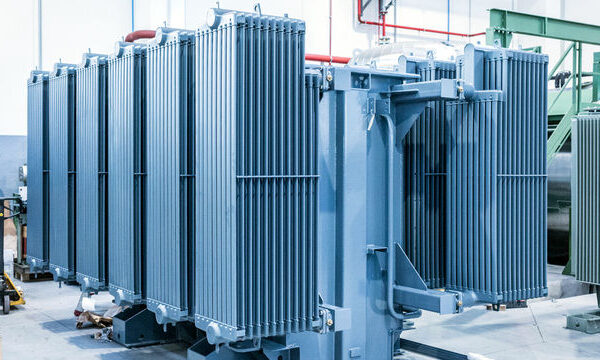Our Transformer CTs are sourced from globally recognized manufacturers and meet international quality and safety standards. Designed for precision and durability, they are available in various configurations to suit different transformer sizes and applications. These CTs are built with high-grade insulation materials and advanced engineering to withstand harsh environmental and electrical conditions, ensuring long-term performance and stability in power distribution systems.
At Star Freight & Trading FZC LLC, we are dedicated to providing transformer components that enhance reliability and efficiency. Our experienced team offers expert guidance to help clients choose the right CTs based on their operational requirements. With our commitment to quality and customer satisfaction, we ensure that our Transformer CTs contribute to the optimal performance and safety of electrical infrastructure.
Frequently Ask Questions
Q. What is a CT in a transformer?
A. A CT (Current Transformer) in a transformer is an electrical device used to measure the current flowing through a conductor. It is a type of instrument transformer that provides a scaled-down version of the primary current, which can be safely monitored and measured by meters and protective relays.
Q. What is the CT working principle?
A. The working principle of a Current Transformer (CT) is based on electromagnetic induction. When an alternating current flows through the primary conductor (usually the transformer’s primary winding or busbar), it generates a magnetic field that induces a proportional current in the secondary winding of the CT. This secondary current is then measured or used for protection and monitoring.
Q. What is CT and CVT?
A. CT (Current Transformer) is used to measure the current in a system, while CVT (Capacitor Voltage Transformer) is used to measure the voltage in a system. The main difference lies in their applications: CTs step down high current to measurable levels, whereas CVTs step down high voltage to a lower, manageable value.
Q. What is the CT rating of a transformer?
A. The CT rating of a transformer indicates the maximum current the transformer can measure safely. It is usually specified as a ratio (e.g., 1000:5), where the first number represents the rated primary current and the second number represents the corresponding secondary current. This rating helps in selecting the appropriate CT for accurate current measurement and protection.
Q. What is the CT ratio for 11kV?
A. The CT ratio for 11kV is typically chosen based on the rated current for the transformer or equipment. A common CT ratio for an 11kV system might be 400/5A, which means that for every 400A of current flowing through the primary, the CT will generate 5A on the secondary. The exact ratio depends on the specific application and transformer design.
Q. What does C800 CT mean?
A. The C800 CT refers to a specific classification of Current Transformer based on its accuracy class and burden. C800 indicates the accuracy class and the rated current handling capacity of the CT. The “C” refers to the accuracy of the CT, and the number “800” typically represents the burden or the amount of load (in VA) the CT can handle without exceeding its specified accuracy.







Reviews
There are no reviews yet.